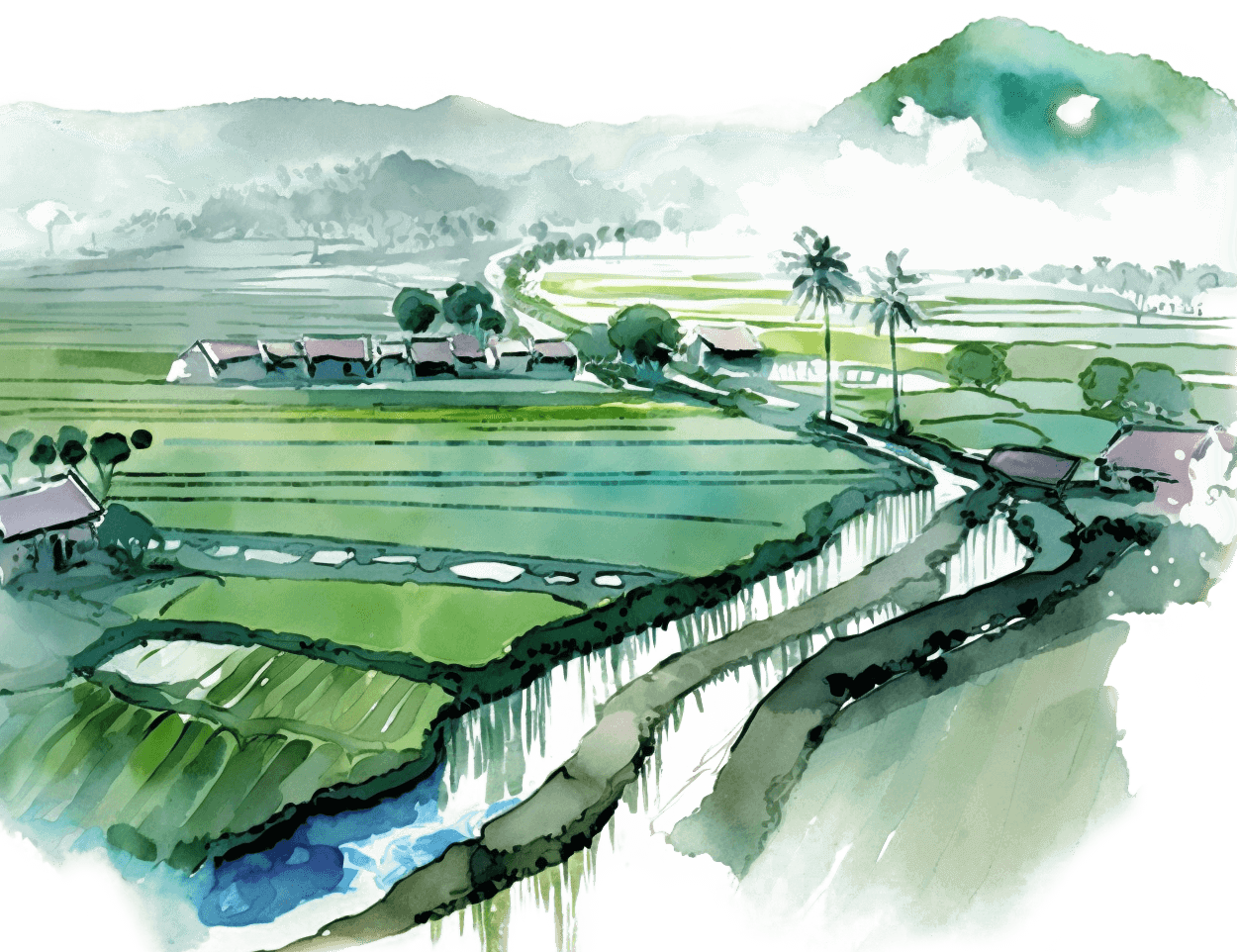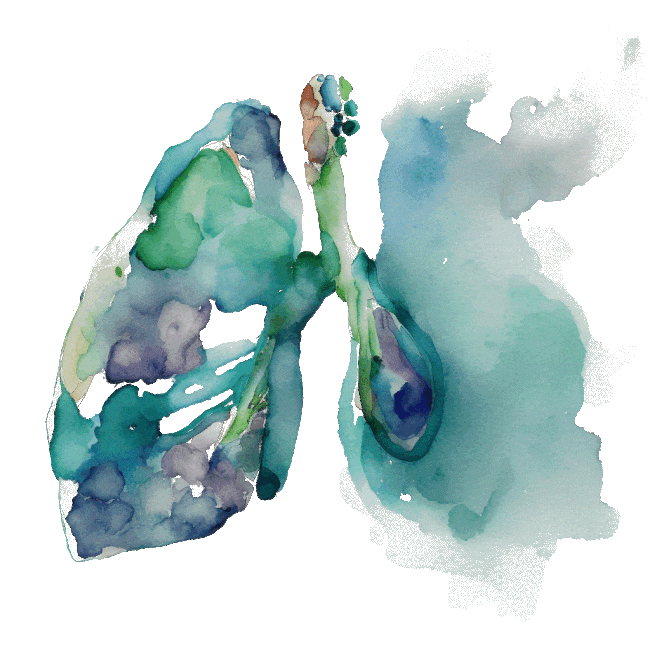What is nitrogen pollution?
Why too much of nitrogen is a bad thing.
Nitrogen is in the soil under our feet, in the food we eat, and in our DNA, the building blocks of life. Without it, there would be no life on Earth. Nitrogen helps to make croplands fertile and is a key component of protein, which all living organisms need to grow.
Nitrogen is the most abundant element in our atmosphere. Pure nitrogen must be chemically bonded with other elements, either naturally or artificially, for it to be usable for most organisms.
The discovery a century ago of the Haber-Bosch process that converts nitrogen in the air to ammonia made the manufacture of nitrogen fertilizers possible at an industrial scale and was followed by a spectacular increase in global food production.
Although 78 per cent of the atmosphere is nitrogen, this nitrogen exists almost entirely in a form that is unusable by most organisms.
Atmospheric nitrogen can be made usable or ‘reactive’ through natural processes, like nitrogen fixation by legumes, such as soybeans, or artificially through industrial processes.


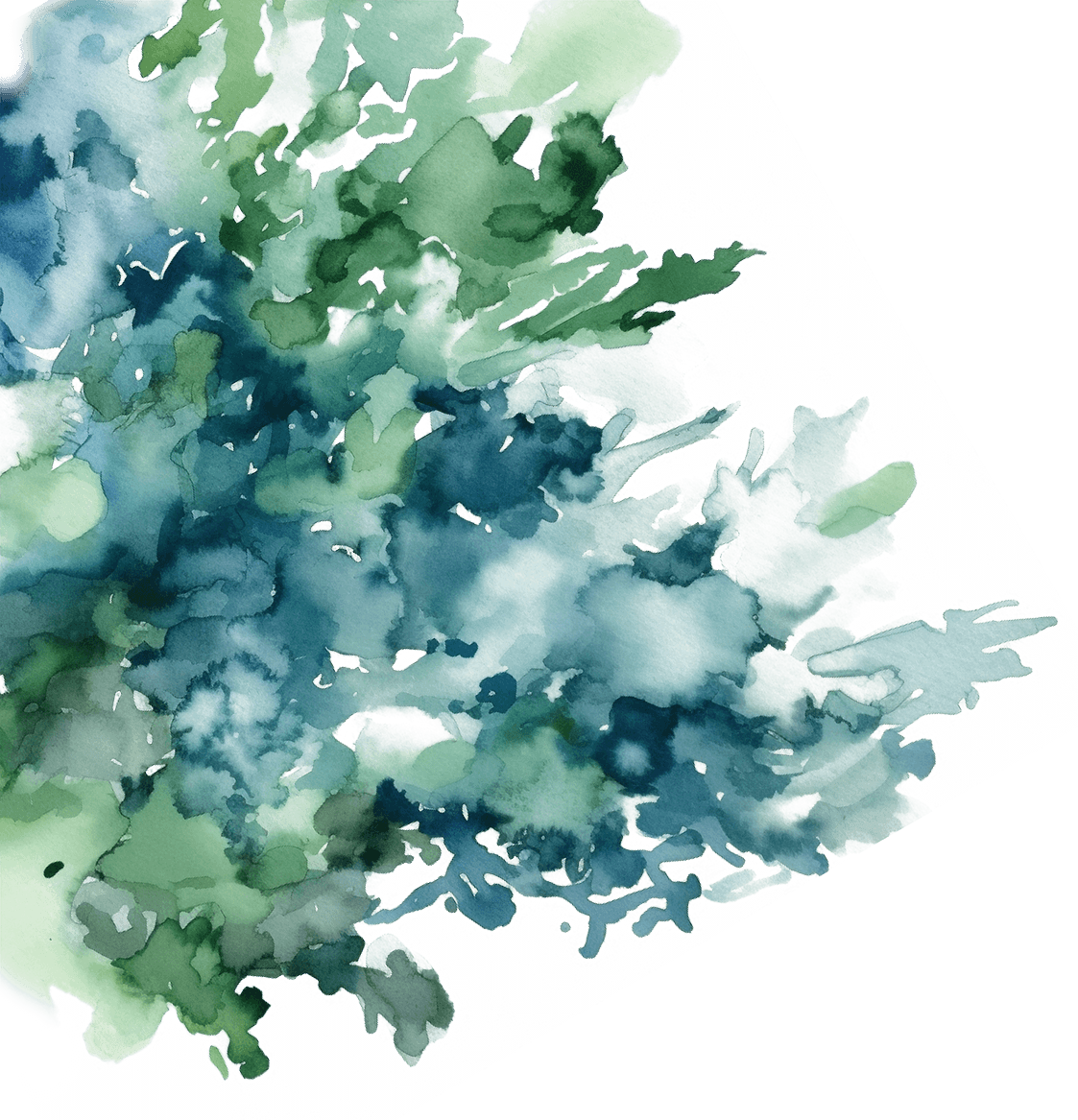
Today, nitrogen pollution is one of the most pressing pollution issues facing humanity, threatening our environment, health, climate and ecosystems.
But too much of this reactive nitrogen is being lost to the environment. It is polluting water and air, degrading soils, causing toxic algal blooms and creating (dead zones) in the ocean.
Each year, 200 million tonnes of reactive nitrogen – 80 per cent of the total – is lost to the environment.
It leaches into soil, rivers and lakes and is emitted to the air. In some forms, nitrogen contributes to ozone depletion and climate change.
Humans are responsible for producing most reactive nitrogen that ends up as pollution, yet the full scale of the problem remains largely unknown outside scientific circles.

There has been limited public discussion about the need to take action to #BeatNitrogenPollution to mitigate climate change. But it's an issue we cannot afford to ignore. If we don't limit nitrogen pollution now, we will face a cascade of negative impacts that jeopardise the environment, the economy, our well-being and livelihoods -- from degraded ecosystems to polluted soil, water and air, and species loss.

























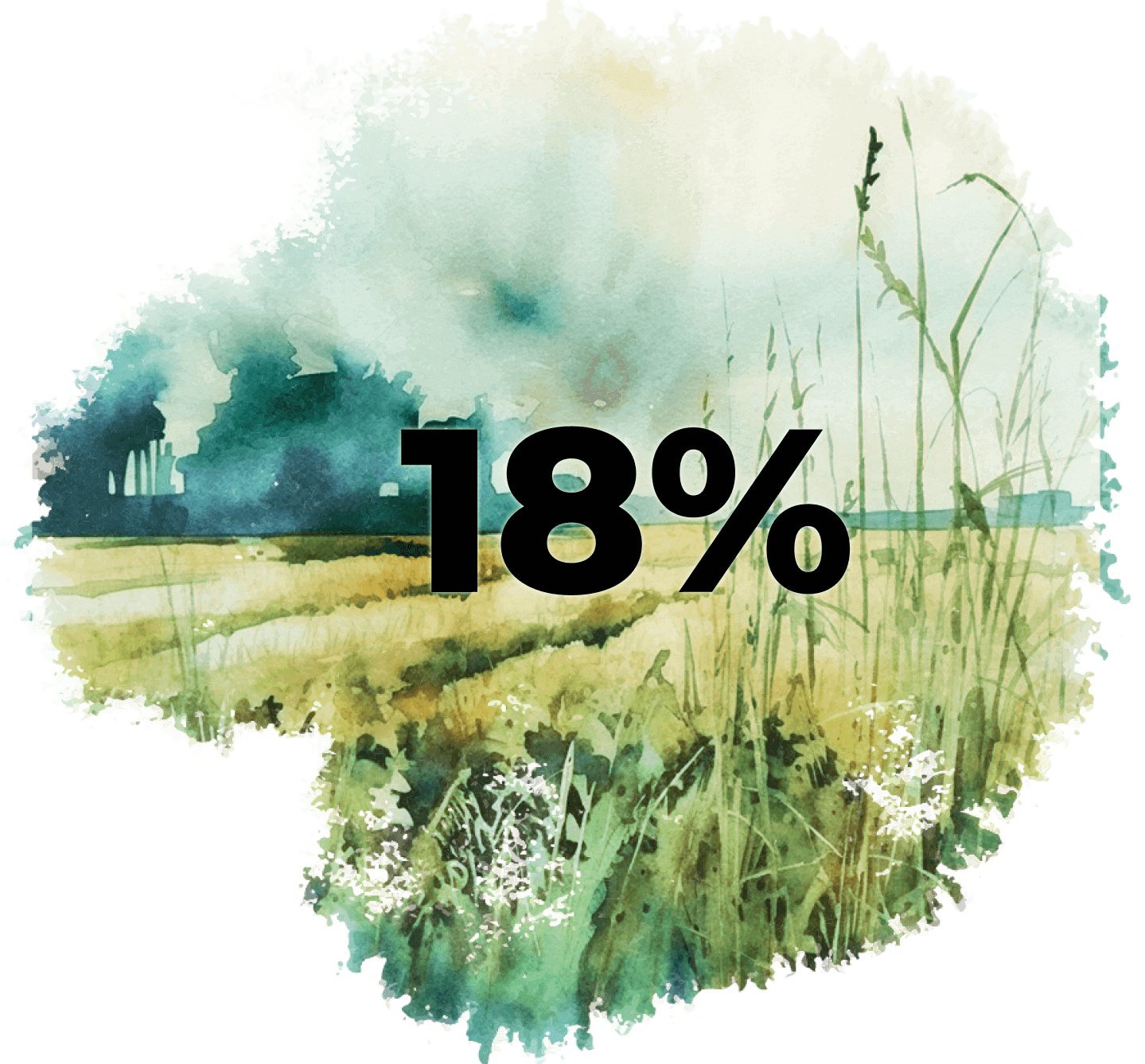
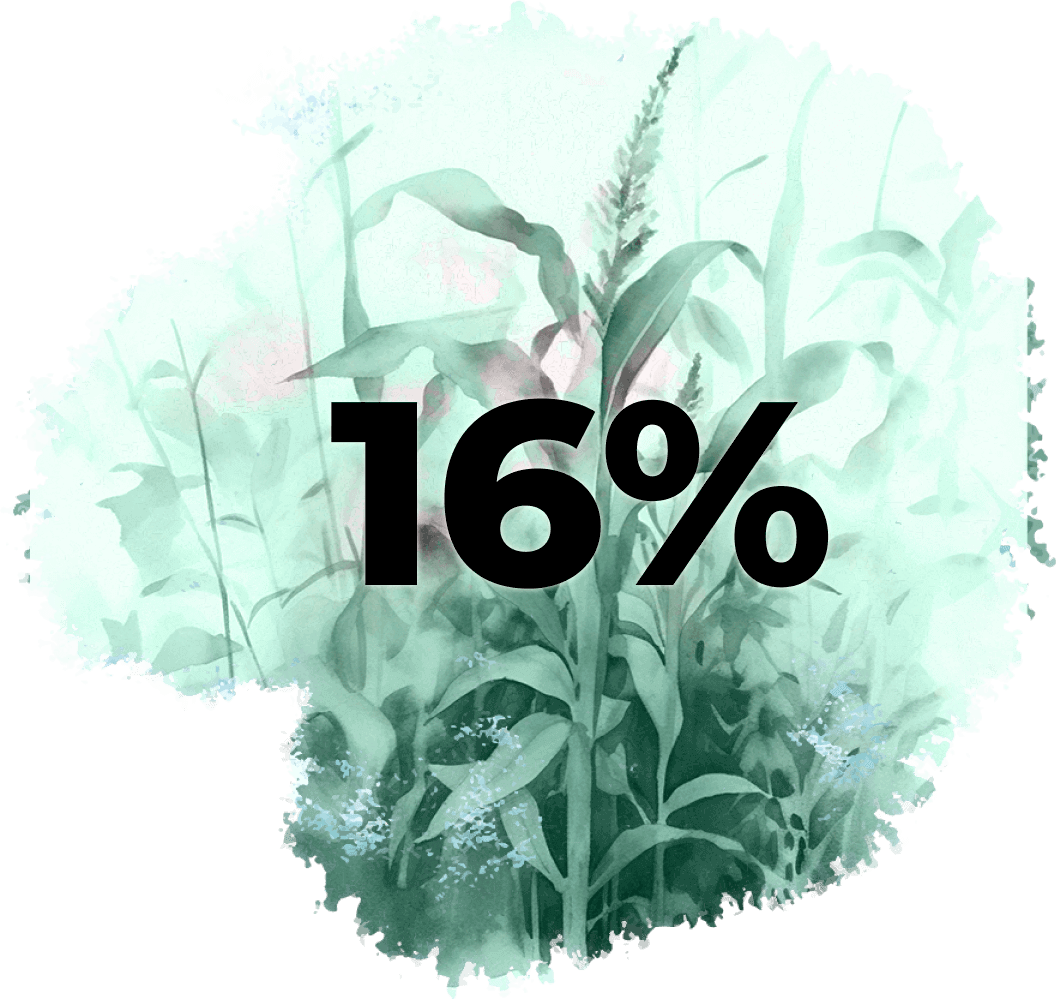
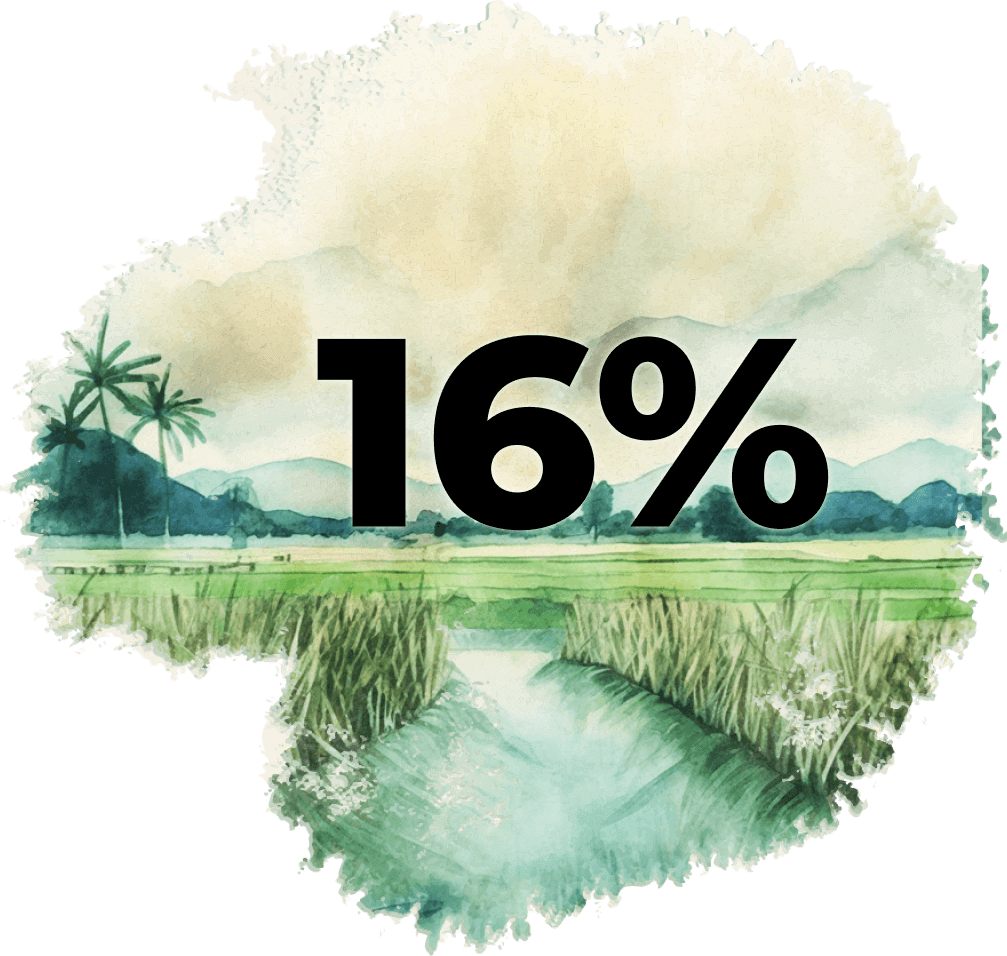


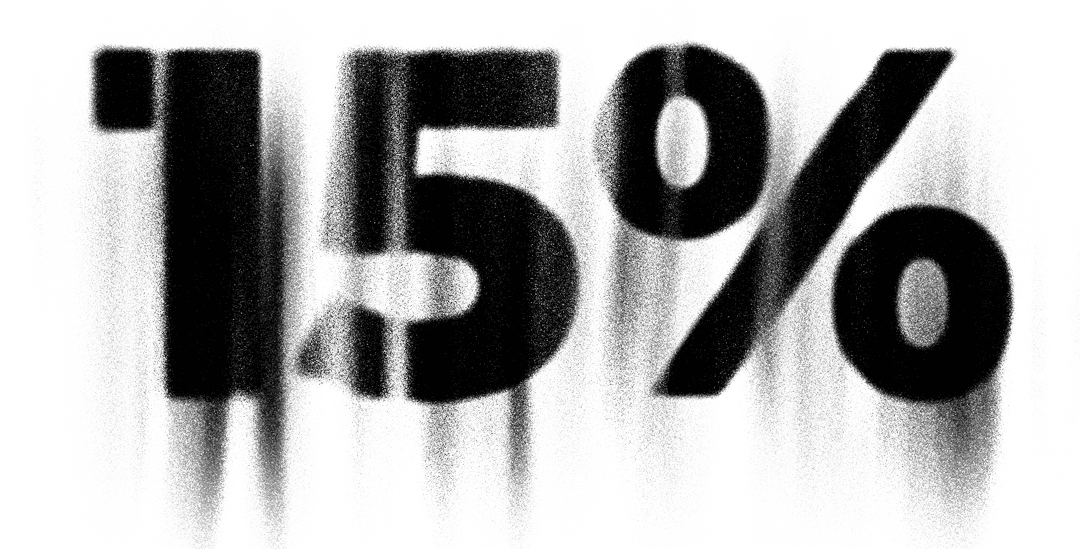 of global NOx emissions.
of global NOx emissions.








